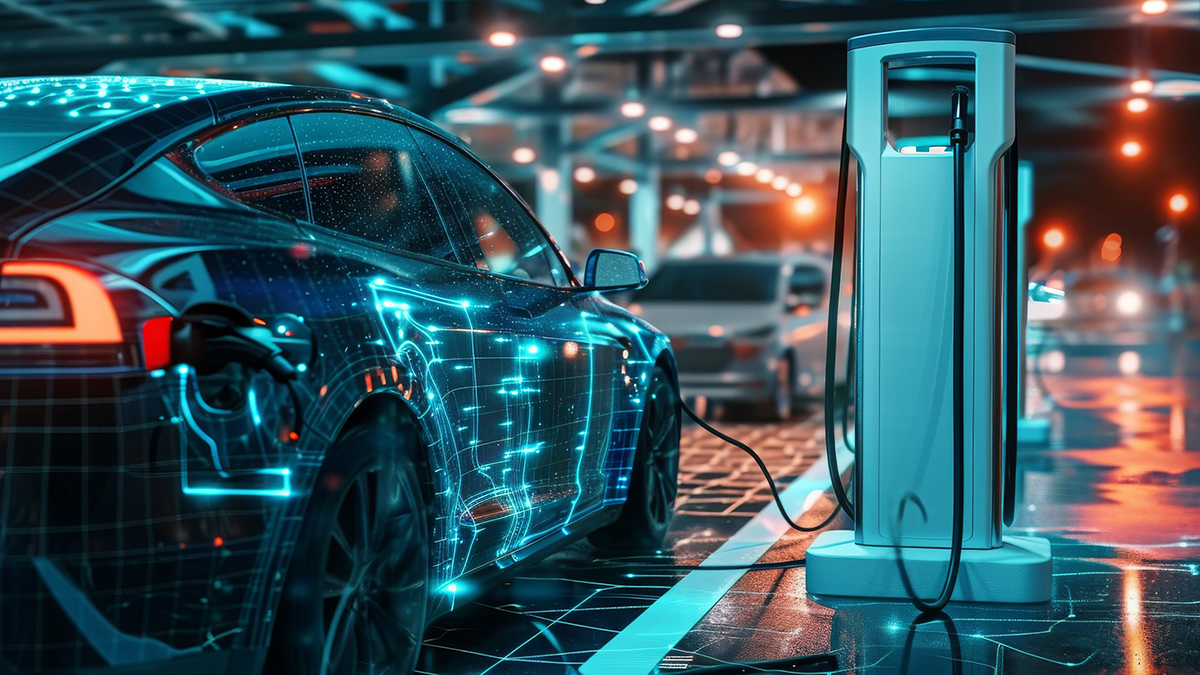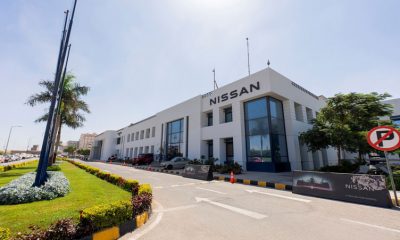Business
South Africa’s Automotive Sector at Risk: Slow Transition to Electric Vehicles Threatens Industry’s Future

For years, major car manufacturers like Toyota, Ford, and Volkswagen have urged South Africa to quicken its transition to new energy vehicles (NEVs), especially as the global market shifts toward electric vehicles (EVs). However, recent export data shows a worrying trend for one of South Africa’s most significant economic sectors, as the slow adoption of EV technology could severely undermine its competitiveness.
The Automotive Industry’s Economic Importance
South Africa’s automotive sector employs over 110,000 people directly and involves around 500,000 in the broader automotive value chain. Yet, as international markets adopt stricter environmental standards, the country risks losing its relevance in a rapidly changing global landscape, particularly in markets with high demand for sustainable mobility.
Global EV Transition and South Africa’s Lagging Response
International shifts, notably the European Union’s planned ban on internal combustion engine (ICE) vehicles by 2035, are driving a global push toward EVs. Despite this, South African manufacturers remain slow to invest in EV production, risking the industry’s long-term sustainability. Analysts warn that this inaction could be reminiscent of past corporate missteps, like those of Kodak and Nokia, where failure to adapt led to substantial market losses.
Declining Export Figures Highlight the Need for Change
According to the latest data from Naamsa, South Africa’s automotive industry is already feeling the impact:
- Domestic Sales: October 2024 saw an increase in local sales, with 47,942 units sold—a 5.5% rise from October 2023.
- Exports: The export picture is more concerning. October 2024 saw a sharp 42.6% drop in vehicle exports, with only 23,342 units shipped compared to 40,666 in the previous year.
Cumulatively, South Africa’s vehicle exports for the first ten months of 2024 are down by 23.1% compared to the same period in 2023, signaling deeper issues as international demand for ICE vehicles declines in favor of EVs.
Key Challenges in South Africa’s Primary Export Market: The European Union
Mikel Mabasa, CEO of Naamsa, cites the following factors behind the export decline:
- Stricter Emissions Regulations: The EU, which accounts for nearly 75% of South Africa’s vehicle exports, has imposed stricter emissions standards, making it difficult for ICE vehicle exports to remain competitive.
- Rising Competition from China: An influx of affordable Chinese EV models is reshaping the competitive landscape in Europe, one of South Africa’s key markets.
- European Economic Slowdown: Germany, South Africa’s largest European trading partner, is projected to experience a slight economic contraction of 0.2% by the end of 2024. This economic downturn further challenges South Africa’s vehicle exporters by reducing consumer spending in a critical region.
A Path Forward: Accelerating EV Production in South Africa
Despite these challenges, Mabasa remains cautiously optimistic. He believes that potential easing of monetary policies in key markets could help stimulate consumer spending, creating a more favorable environment for South African vehicle exports in the medium term. However, he also stresses that without a shift to new energy vehicle production, South Africa’s automotive industry risks losing its competitive edge.
For South Africa’s automotive sector to remain viable and capitalize on future demand, an accelerated move toward EV production is crucial. Proactive measures are necessary if the industry hopes to meet evolving global demands and keep its share in major export markets.
A Call for Timely Adaptation
The data from Naamsa underscores a clear message: South Africa’s automotive sector must adapt to the global EV transition if it wants to maintain relevance in international markets. Timely action and strategic investment in new energy vehicle technology are essential to safeguard the industry’s future and support economic growth.

















